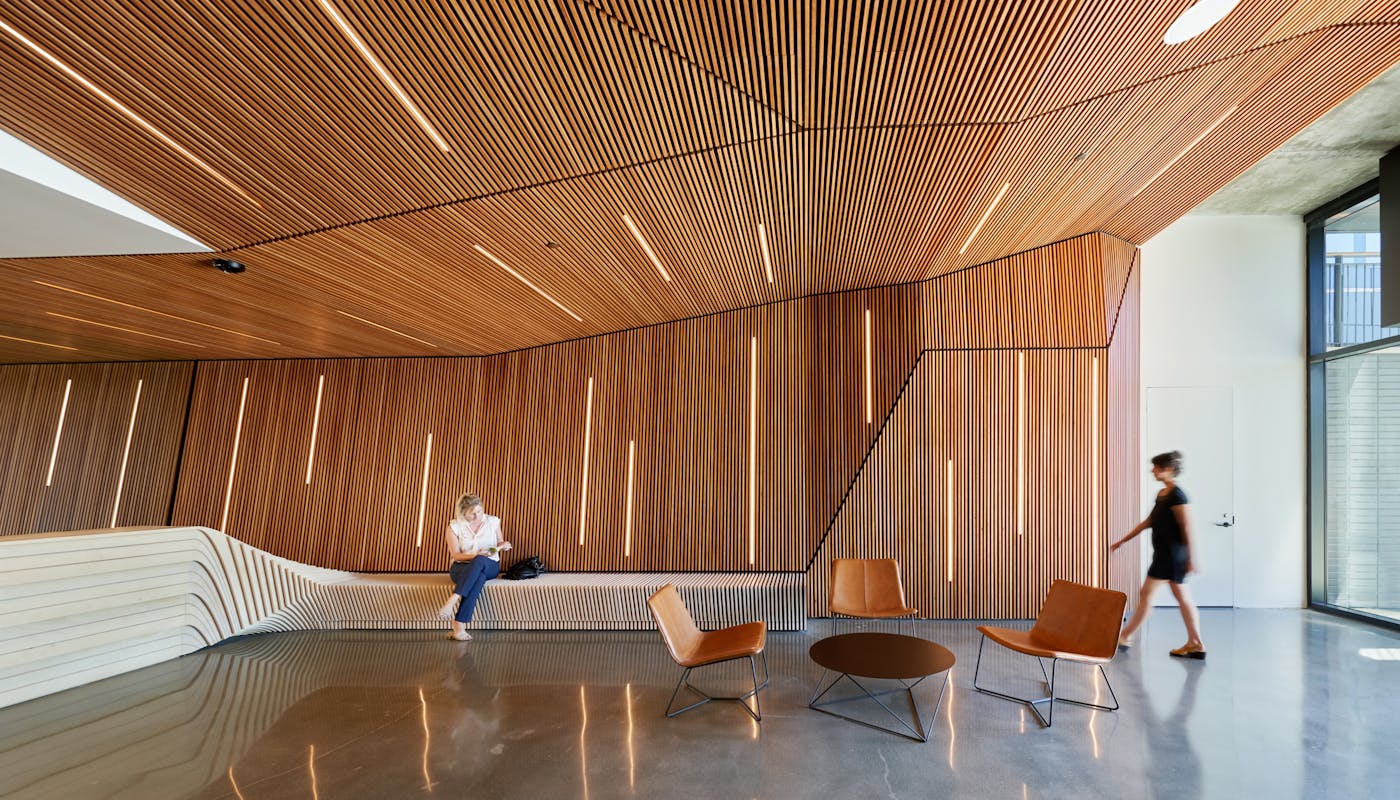As a Division Manager at KPRS, Corey Evans provides key leadership and daily oversight of complex creative and mixed-use structures throughout Culver City. With his team completing work on C3 and the Culver Steps, along with work in progress on Synapse, Entrada, and Building Y at the Culver Studios, these each give him a strategic viewpoint on all the movement in this corner of Los Angeles. Here we get his unique perspective and outlook on what’s to come for Culver City.
Feature
Culver City: Q+A with Division Manager Corey Evans
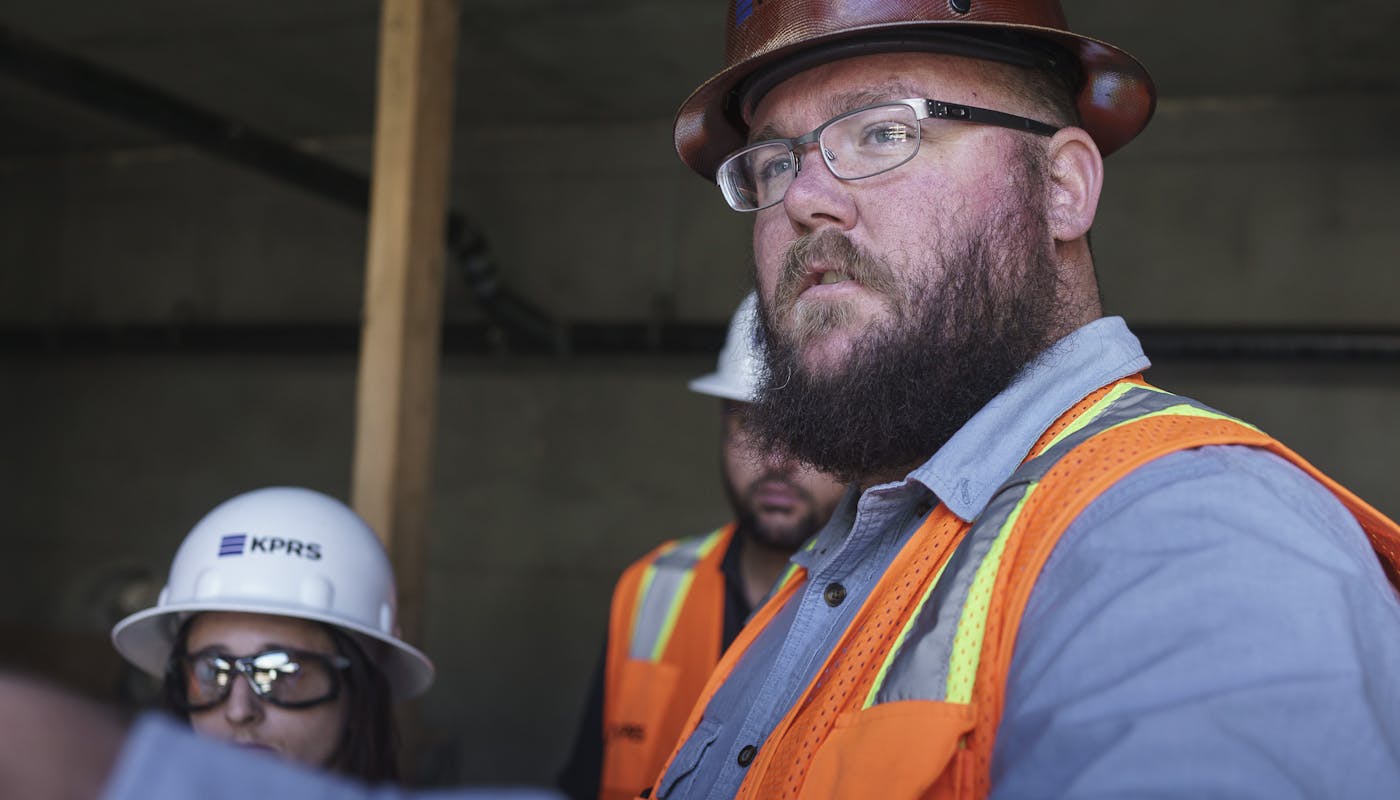
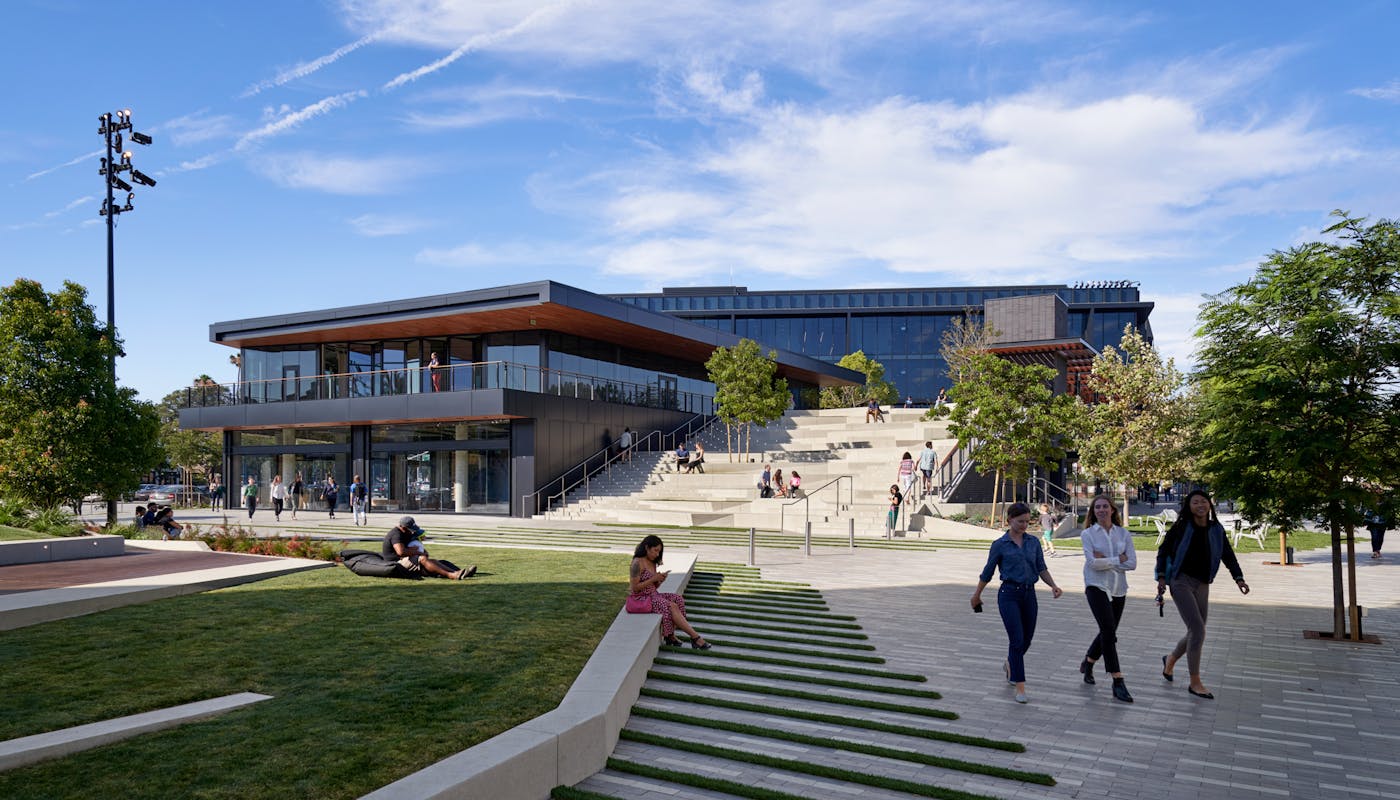
From the standpoint of overseeing multiple creative offices under construction, what is your take on all the building progress happening in Culver City?
We’ve seen firsthand how the shift in the market truly lies in the growth of tech and the demand for space by media and streaming companies. Every office we’ve built in Culver City, or currently have in progress is constructed for this type of occupant. As space in Playa Vista and most of the Westside has become more limited, and with its desirable location, Culver City really is ideal in its proximity to Hollywood and greater Los Angeles.
Priorities in the workplace may change due to Covid-19, how are you seeing this impact Los Angeles and Culver City based clients?
Although many tenants have increased their time of working from home, each of the companies we work with are planning their next steps for bringing their employees back to the office. As their building partner, we are aware of the unique challenges that will come with working collaboratively again while keeping safety and distance a priority. We understand that the layout and design of the workplace must change in order to better support the functions of the staff.

Since creative office space has become more sought after, what kind of client expectations do you encounter?
An office is no longer just an office where you show up for work. Our clients are building environments meant to foster community and inspiration among their teams. This typically means the client is more involved at the construction phase and our teams are even more hands on with design aspects. Additionally, many offices are part of mixed-use developments, where retail offerings provide everything in one place and contribute to a sense of work-life balance.
On the other hand, how have you seen the role of general contractor change due to tech-savvy, forward thinking organizations? How has this impacted the way KPRS teams manage clients and projects?
Our clients in Culver City have greater visual expectations—they want to see and engage with the project both before it’s built and while it’s in progress, which is shifting industry standards. Our role as the GC isn’t only about constructing a building; it’s an integrated process with the owner and design team, where tech applications help advance the construction process. It’s not enough for a GC to have a companywide, dedicated VDC/BIM team, but it’s important to have project staff on each job understand and navigate through their specific project models. It’s one of the things we’ve made into a focus at KPRS to have our teams seamlessly integrate the navigation of BIM modeling and VDC capabilities to stay at the forefront of these expectations.
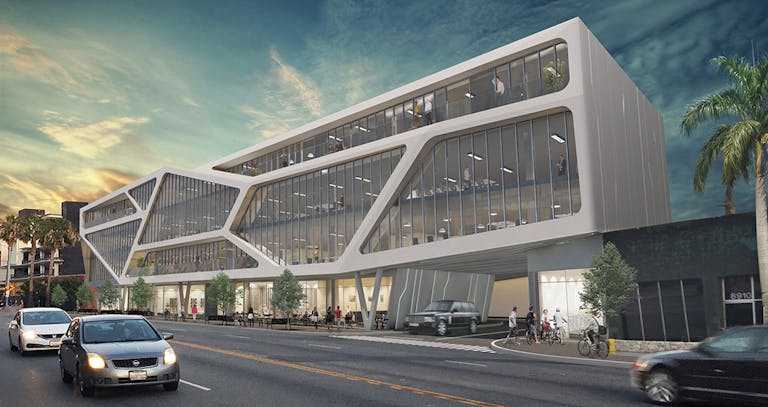
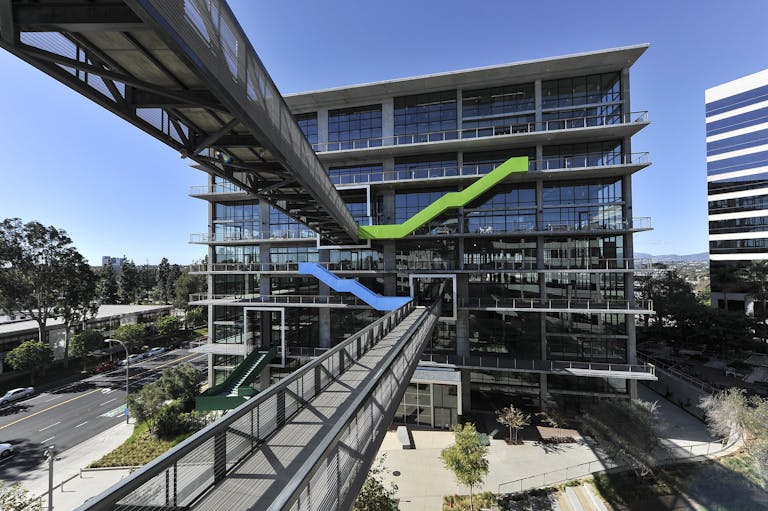
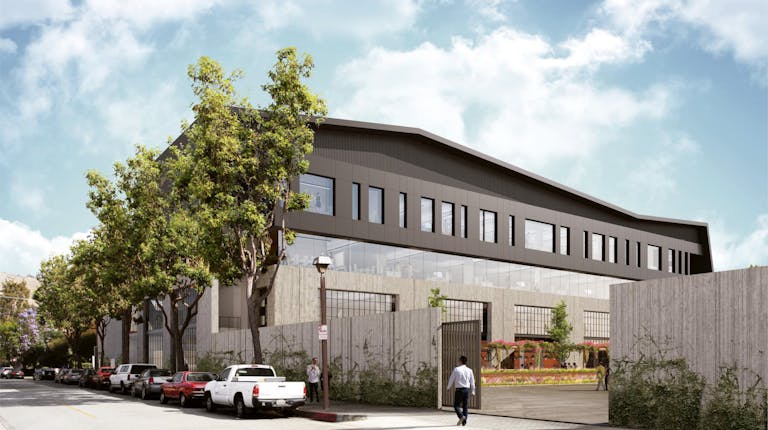
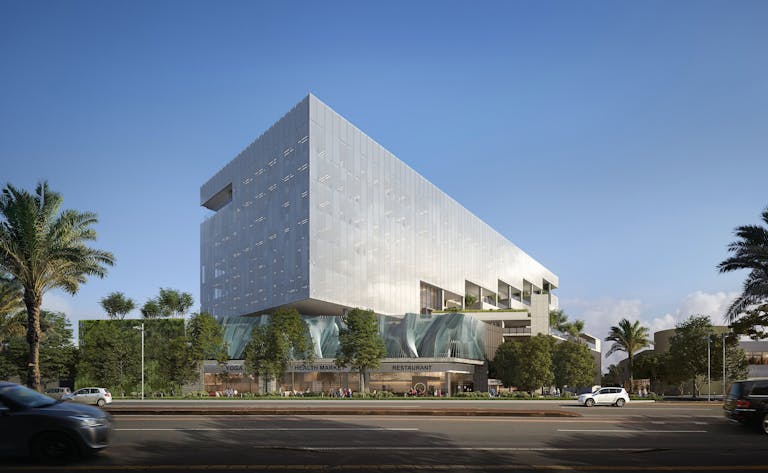
Synapse Creative. Developer: Runyon Group. Architect: Abramson Architects
C3. Developer: IDS Real Estate. Architect: Gensler.
Culver Studios - Building Y. Developer: Hackman Capital Partners. Architect: Gensler.
Entrada. Developer: LPC West. Architect: Gensler
How is the work KPRS is contributing in Culver City positively impacting the area?
The projects we’re constructing in Culver City, and the major tenants who are basing their operations there, are contributing to the surging property values and increase of job opportunities in the area. Many are moving to Culver City to fill these new opportunities. While all this growth does change things for long-time residents, the City is also very focused on maintaining the area’s historical appeal and keeping the feel of a smaller, familial atmosphere intact.
How do you see Culver City adapting to all the new development and growth? Is the city undergoing additional infrastructure work? How have they met the demand of transit and population density? Are there any restrictions or opportunities for investment in the area?
All the growth has shifted the dynamic of traffic in and out of the area, to where the city is addressing concerns with the exploration of smart grid traffic systems. The opening of the Metro Ivy Station will also help ease road congestion with the influx of commuters. A new master plan is lifting restrictions on multifamily construction, and this too will alleviate some congestion. The addition of more housing will encourage employees to live and work in the same vicinity and provide better work-life balance too.
